What’s the best for Public Safety sector: DJI M300 RTK or DJI M30T?
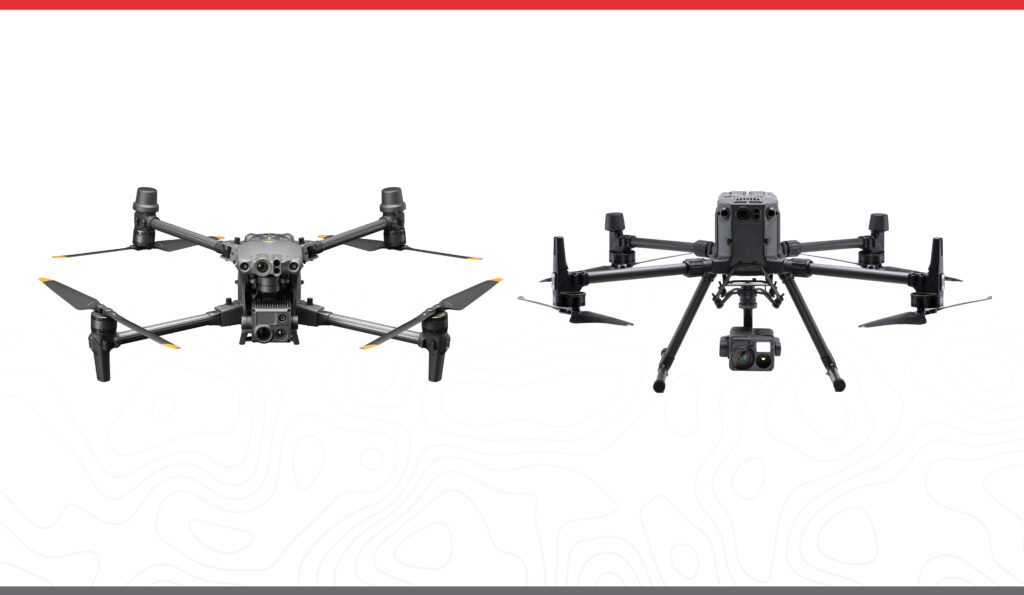
Drones can literally save lives! That’s exactly why the Public Safety sector is switching to Drone solutions. The unpredictability of the Public Safety sector has tested their roles and responsibilities, leading to the massive adoption of technologies to assist them in their operations. And recently, one type of technology has had a bigger impact than the previous few put together – Drones! Well, now, the question is – What’s the best – DJI M3OO RTK or DJI M30T? I hope the right way to tackle this question is to compare them with respect to the “aspects” that are crucial to the public safety sector. Here’s our DJI M30T vs DJI M300 RTK real-world comparison.
DJI Drones for the Power and Utilities Sector
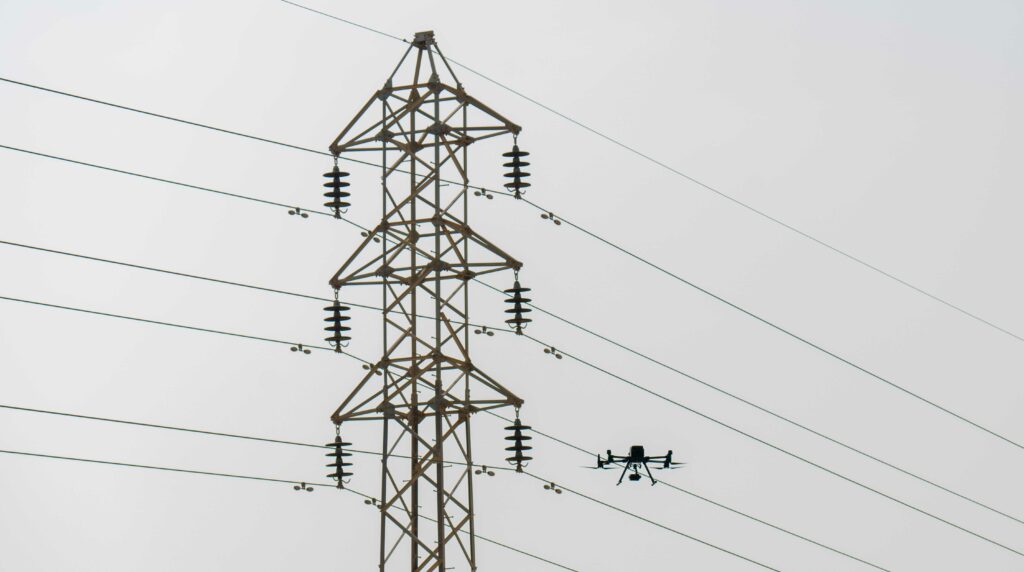
The Power and Utilities sector is undergoing a radical transformation. Technological advancements and rising consumer expectations are exerting pressure that demands new capabilities. You are at a point where you can’t really afford to move ahead assessing the efficiency of the assets with the same old traditional methods – by the time the traditional inspection is done, even a minor issue can develop into a catastrophic accident.
Are Drones invaluable for Disaster Management?
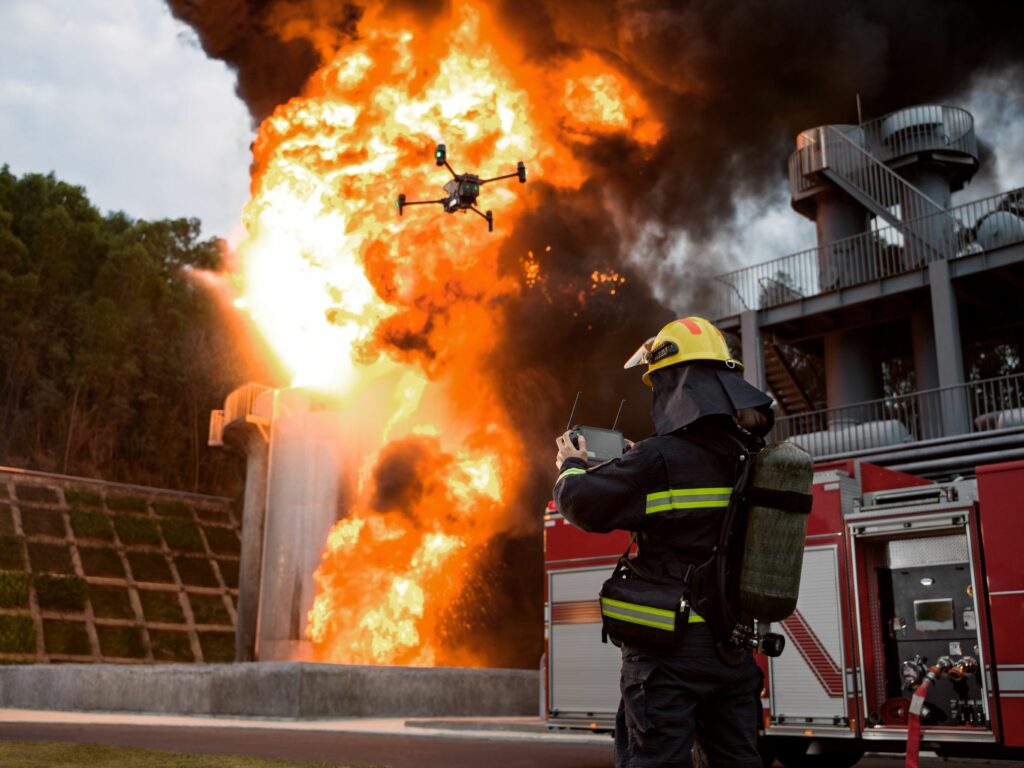
Disaster Management: Every single passing second feels like an eternity… Every split second could mean ‘Life or Death’ situation… Moreover, in disaster situations, first responders often bear the same life-threatening risks as the victims themselves; There is a need to save the lives of people caught in the heat of the disaster while also ensuring the safety of people involved in the rescue mission. We need an easy, affordable, quick, efficient and effective solution to aid disaster management, or simply put, we need DRONES!
DJI Drones for the Construction Sector
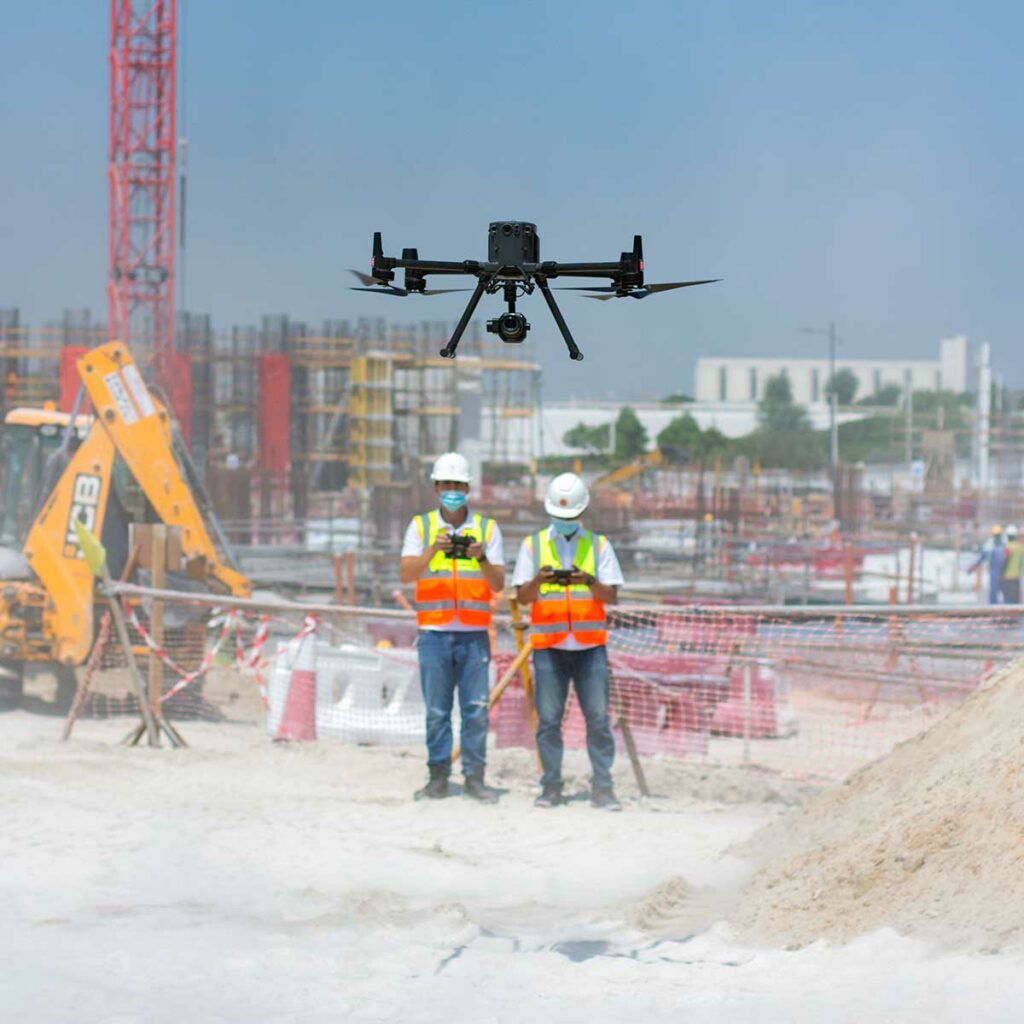
Have you ever felt a significant void in the construction sector? A report published by AutoDesk & FMI reported that insufficient project data and miscommunication are the cause of 52% of reworks on construction sites. These reworks translate to severe delays in the process, higher cost, labour, and significantly more. Apparently, comprehensive real-time monitoring is the need of the hour, and right now, drone-powered solutions are the only way to achieve this. Drone solutions can help us in every single step in the construction process – be it mapping the construction plot, construction progress monitoring, asset inspection and more. As per Allied Market Research, the construction drone market is expected to reach nearly $12 billion by 2027. Wondering why? The PwC report states that implementing drones in your construction efforts makes a crucial difference in managing costs, controlling risks, increasing safety and influencing outcomes.
Drones for Flare Stack Inspections

A searing flame rising out of a towering structure is one of the most popular imagery connected with oil and gas activities; just look at our thumbnail picture. If you are a professional from the Oil and Gas sector, you would know that it’s a Flare Stack and how crucial it is. Routine flare stack inspections followed by proper maintenance are the ONLY way to ensure your Flare Stacks’ integrity. However, it should be underlined that we cannot use the hazardous, time-consuming, and labor-intensive typical inspection procedures to determine the compatibility of such essential infrastructures. Let’s dig further; here’s an article about the Importance of Flare Stacks in Oil and Gas Operations, and most importantly, advantages of Drone-powered solutions for your Flare Stack Inspections.
DJI Drones for Oil and Gas Sector

The Global Market for drones in the Oil and Gas sector is expected to reach 16.72 billion USD by 2025, with a Compound Annual Growth Rate of 35.24% from 2019. Almost all the major players in the Oil and Gas sectors have completely migrated to drone-powered solutions. For instance, BP, one of the world’s seven oil and gas “supermajors”, is one of the early adopters of drones in their operations. Drones for Oil and Gas sector is a game changer; they make your operations Safer, Faster, Cost-effective and way more Efficient. Are you worried about the pain points in your Oil and Gas operations? Well, DJI manufactures “solutions” rather than products. This article talks about how DJI drones empower you with the right solution against each pain point in your Oil and Gas operations. Hopefully, you’ll get to know it better as the article progresses.
DJI Drones for Public Safety
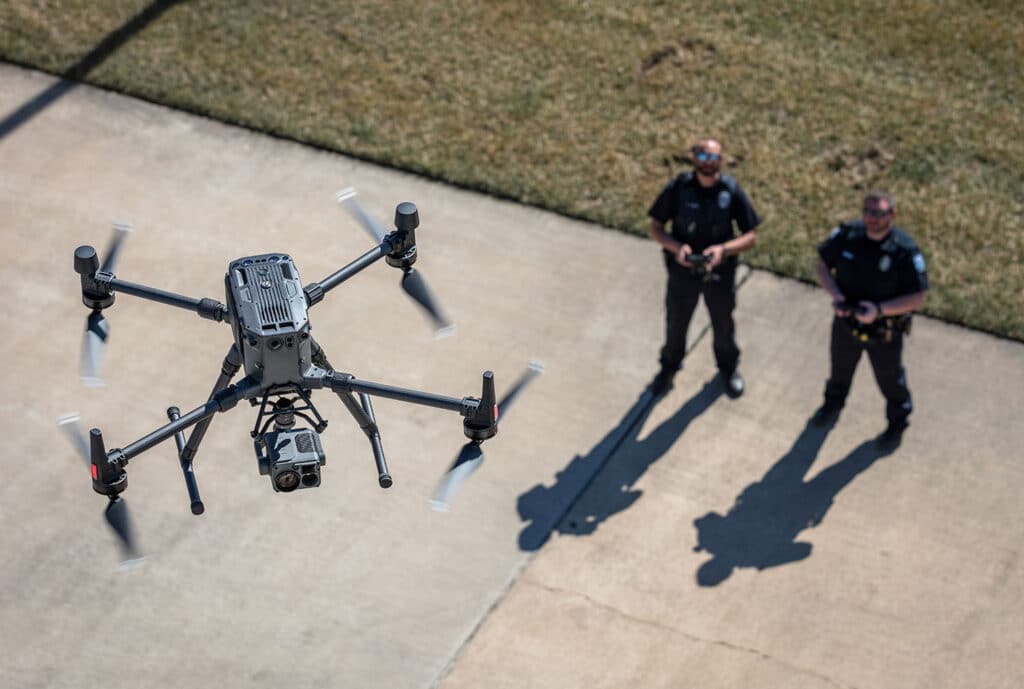
“Drones are one of the busiest assets in our organisation,” says Steve Mclinden, Group Manager, Mid and West Wales Fire and Rescue Services. A market survey reveals that DJI dominates the public safety sector, maintaining more than 90% of the market share. DJI is known to be the first responder to people’s needs. In the first-ever DJI product launch in the Middle East, Jony Ji, DJI Enterprise Sales Manager for the Middle East region, reiterated how DJI enterprise drones are designed upon the invaluable inputs from drone experts and enthusiasts.
DJI Zenmuse H20T; an integration of powerful multi-sensors
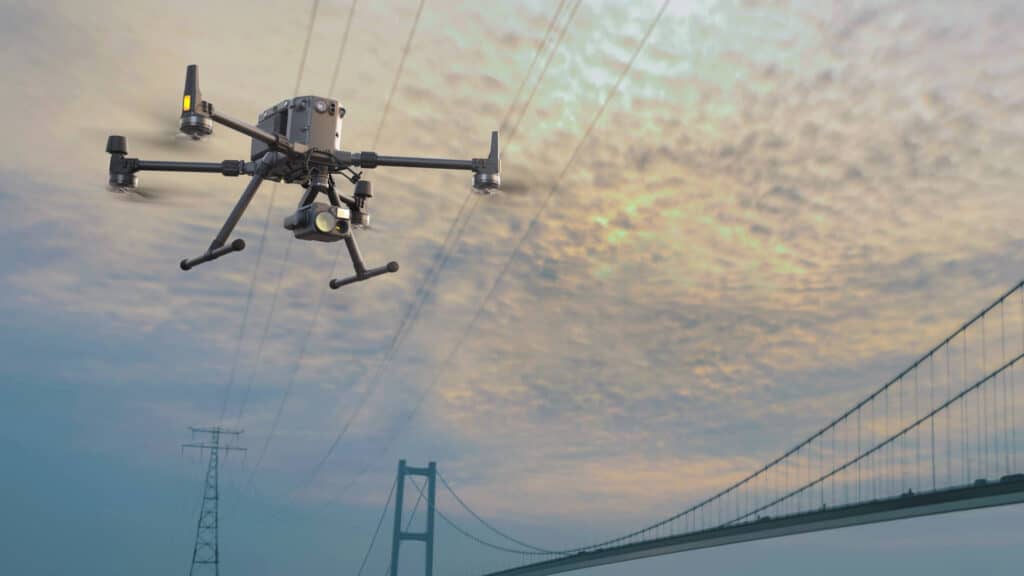
DJI Zenmuse H20T is an incredible payload from the H20 series, and is popularly known for its thermal capabilities. First, let’s get the basics right. The ‘H’ stands for its ‘Hybrid’ nature, ’20’ denotes its 20MP zoom camera and ‘T’ stands for Thermal camera. Well, H20T isn’t just that; what if I say it incorporates the capacities of DJI’s best industrial drone platforms? Let’s explore more about the DJI Zenmuse H20T.
DJI Zenmuse H20N v/s H20T; What’s the best?

Let’s talk about DJI’s Zenmuse H20 Series – DJI’s first hybrid sensor solution. The payloads in the H20 series (DJI Zenmuse H20N and DJI Zenmuse H20T) share multiple similarities but have certain variations too. And the significant difference between them lies in the slight change in the labelling at the end – T or N. T for ‘Thermal’ and N for ‘Night Vision’; this is where the major difference lies, both cost-wise and function-wise. Pricing-wise, the H20N is a bit costlier than its thermal counterpart. Even though these payloads are meant for specific industrial needs, you might have this natural tendency to compare them. ‘What’s the best?’ is a question we can’t help. Don’t worry; this article is for you. Let’s explore DJI Zenmuse H20N v/s H20T; here, we will discuss about the headline innovations, similarities and differences of these incredible payloads in the H20 series.
How are DJI Drones Shaping the Future of Telecom Inspections?

The Telecom industry is an ever-evolving space, and so are the challenges associated with its operations and growth – managing vast, complex and remote infrastructures located in hard-to-reach and dangerous terrain is a real challenge. Amid these obstacles, telecoms need to keep their equipment sound and safe while also ensuring the safety of their inspectors. Wondering “how to effectively tackle these challenges”? Let’s find out how drones address these challenges to make the inspection process safer, faster and more effective. Likewise, this article discusses why DJI M3OO RTK is particularly the best player in Telecom Inspections.
